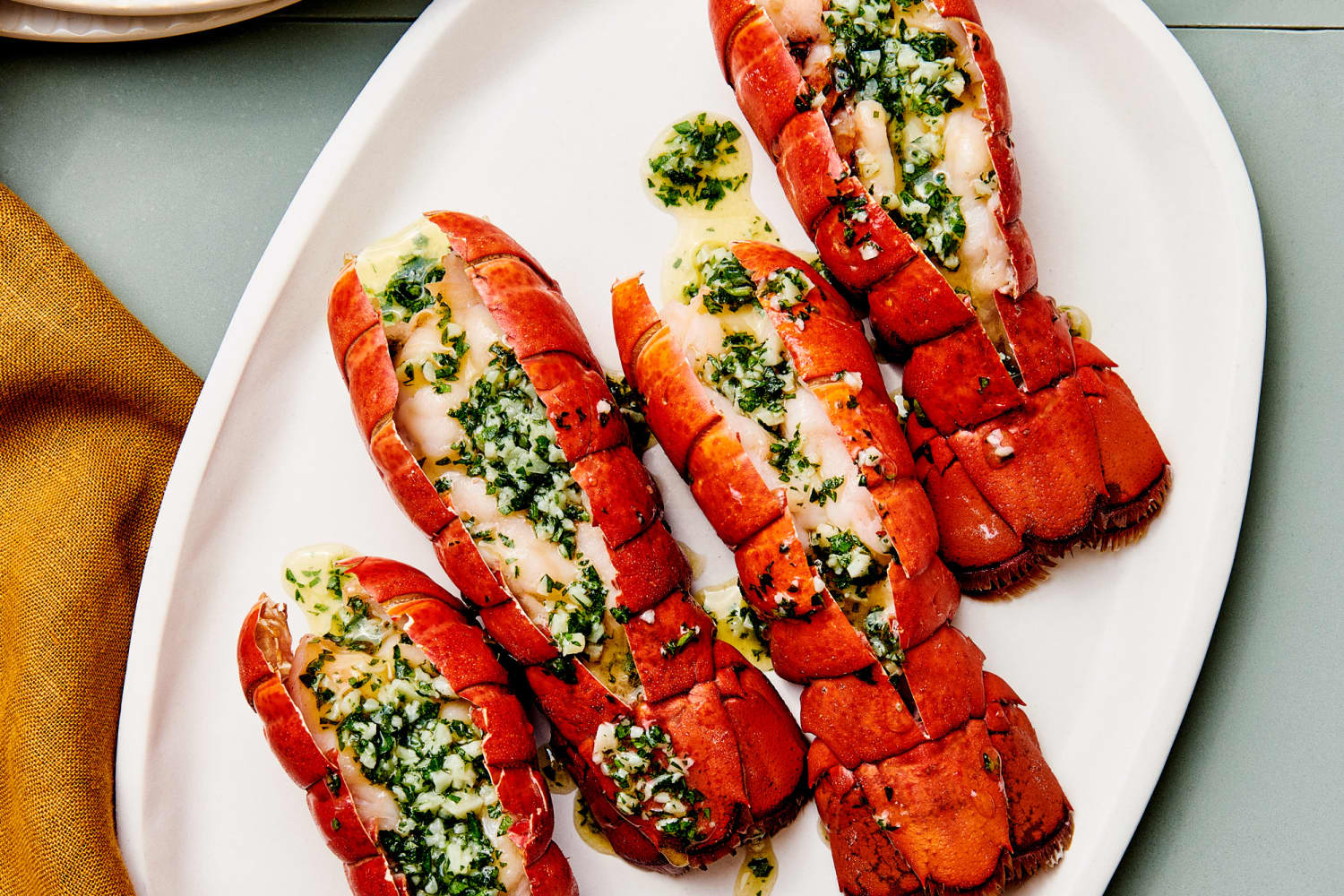

Articles
How To Store Cooked Lobster
Modified: August 25, 2024
Learn the best methods for storing cooked lobster with this informative article. Discover tips and tricks to keep your lobsters fresh and flavorful.
(Many of the links in this article redirect to a specific reviewed product. Your purchase of these products through affiliate links helps to generate commission for Storables.com, at no extra cost. Learn more)
Introduction
When it comes to enjoying the succulent taste of lobster, it’s not always feasible to indulge in the delicacy all at once. Whether you have leftovers from a delicious lobster feast or you simply want to prepare in advance for a future meal, knowing how to store cooked lobster properly is essential to preserve its flavor and texture.
In this article, we will guide you through the step-by-step process of storing cooked lobster to help you maintain its freshness and ensure a delightful dining experience when you’re ready to enjoy it again.
From cooling the lobster to choosing the right storage container, sealing it properly, and refrigerating or freezing it, we will cover all the essential details you need to store cooked lobster effectively. So, let’s dive in!
Key Takeaways:
- Properly store cooked lobster by cooling, removing the meat, choosing the right container, sealing it tightly, and refrigerating or freezing for future enjoyment. Follow these steps to savor the succulent taste whenever you desire.
- Whether refrigerating for short-term enjoyment or freezing for longer storage, ensure the lobster is properly thawed and reheated to relish its delicious flavors. Safely store and enjoy the delightful taste of cooked lobster with confidence.
Read more: How To Store Lobster Mushrooms
Step 1: Cooling the Lobster
After enjoying a delicious lobster meal, the first step in storing cooked lobster is to cool it down properly. This helps prevent bacterial growth and ensures that the lobster stays fresh and safe to consume.
To cool the lobster, start by removing it from any sauce or seasoning it was cooked in. Place the lobster on a plate or baking sheet lined with paper towels to absorb any excess moisture.
Next, allow the lobster to cool at room temperature for about 20-30 minutes. This will help bring down its internal temperature before storing it in the refrigerator or freezer.
While cooling, be mindful to handle the lobster with care to avoid any injuries from the sharp claws or tail. Use kitchen tongs or a pair of gloves to handle the lobster safely.
Once the lobster has cooled down, it is ready to be prepared for storage. Proceed to the next step to learn how to remove the meat from the lobster for optimal storage.
Step 2: Removing the Meat
Before storing cooked lobster, it’s important to remove the meat from the shell. This not only makes it easier to store but also helps maintain the quality and flavor of the lobster during storage.
To remove the meat from the lobster, start by holding the lobster firmly with one hand. Use a pair of kitchen shears or a sharp knife to carefully cut along the underside of the lobster’s body, from the tail to the head.
Gently pry open the shell and use your fingers or a small spoon to remove the meat from the body, tail, and claws. Be sure to remove any cartilage or shells that may have been left behind.
For the tail, gently crack the underside of the shell and carefully pull out the meat in one piece. Avoid overhandling the meat to prevent it from becoming mushy or losing its shape.
Once all the meat has been removed, give it a quick rinse under cold water to remove any residual shell fragments or debris.
If desired, you can also chop or cut the lobster meat into smaller pieces for easier storage and future use in recipes.
Now that you have successfully removed the meat, it’s time to move on to the next step – storing the lobster.
Step 3: Storing the Lobster
Now that you have properly cooled the lobster and removed the meat, it’s time to learn how to store cooked lobster to maintain its freshness and taste. The storage method will depend on whether you plan to refrigerate or freeze the lobster.
If you plan on consuming the lobster within a couple of days, refrigeration is the preferred storage method. This will keep the lobster chilled and ready for use whenever you’re ready to enjoy it.
For longer storage periods, freezing the lobster is recommended to maintain its quality. Freezing can help preserve the taste and texture of the cooked lobster for several months.
It’s important to note that storing the lobster in its shell can lead to the loss of moisture and affect the quality of the meat. Therefore, it’s best to store the lobster meat separately from the shell.
Whether you choose to refrigerate or freeze the lobster, proper storage containers and sealing techniques are crucial to prevent freezer burn or odor absorption. Let’s explore the next step to learn about choosing the right storage container for your lobster.
Step 4: Choosing the Right Storage Container
When it comes to storing cooked lobster, choosing the right storage container is important to maintain its freshness and prevent any cross-contamination with other foods in your refrigerator or freezer.
For refrigeration, it’s best to use an airtight container or a tightly sealed plastic bag. This helps to prevent air exposure and maintain the optimal temperature and moisture level for the lobster meat.
If you’re planning to freeze the lobster, opt for a freezer-safe container or a heavy-duty freezer bag. Make sure the container is tightly sealed to prevent any air or moisture from entering, which can lead to freezer burn.
When selecting a container or bag, consider the size of the lobster meat portion. It’s best to choose a container that fits the lobster meat snugly to minimize excess air space, as this can contribute to freezer burn or loss of quality.
If using a plastic bag, squeeze out as much air as possible before sealing it tightly. Alternatively, you can use a vacuum sealer to remove the air and create a vacuum-sealed package for maximum freshness.
Additionally, label the storage container or bag with the date of storage to keep track of its freshness.
Now that you have chosen the right storage container, let’s move on to the next step – properly sealing the container for optimal storage.
After cooking, remove the lobster meat from the shell and store it in an airtight container in the refrigerator for up to 2 days. Keep the meat moist by placing a damp paper towel over it before sealing the container.
Read more: How To Cook Lobster Tail On Stove Top
Step 5: Properly Sealing the Container
Properly sealing the storage container is crucial when it comes to storing cooked lobster. It helps to maintain the quality, flavor, and freshness of the lobster meat, whether you refrigerate or freeze it.
If you’re using an airtight container, ensure that the lid is securely fastened to create a tight seal. This prevents air from entering the container, which can lead to oxidation and loss of flavor.
If you’re using a plastic bag, squeeze out as much air as possible before sealing it tightly. This helps to minimize air exposure and prevent freezer burn.
Another option for sealing the container is using plastic wrap. Place the lobster meat inside the container and cover it tightly with a layer of plastic wrap. Ensure that the plastic wrap is in direct contact with the lobster meat to minimize air contact.
If you have a vacuum sealer, this is the ideal method for sealing the container. Place the lobster meat in a vacuum-sealer bag and follow the manufacturer’s instructions to create a vacuum-sealed package. This removes air from the bag and provides the best protection against freezer burn.
Regardless of the sealing method you choose, make sure the container or bag is sealed tightly to prevent any air or moisture from entering. This will help to maintain the quality and flavor of the lobster meat during storage.
Now that you have properly sealed the container, it’s time to explore the next steps depending on whether you plan to refrigerate or freeze the lobster.
Step 6: Refrigerating the Lobster
If you plan to consume the cooked lobster within a few days, refrigeration is the best method for storing it. Proper refrigeration helps to maintain the freshness and flavor of the lobster meat.
Once you have properly sealed the storage container, place it in the refrigerator immediately. Set the temperature of your refrigerator to below 40°F (4°C) to ensure that the lobster stays chilled and safe to consume.
It’s important to note that refrigeration is not a long-term storage solution for cooked lobster. The lobster meat will stay fresh for up to 2-3 days in the refrigerator.
When you’re ready to enjoy the refrigerated lobster, remove the container from the refrigerator and allow it to come to room temperature for a few minutes. This allows the lobster to regain some of its natural flavor and texture.
You can enjoy the refrigerated lobster cold or incorporate it into various dishes such as salads, pasta, or lobster rolls. However, avoid reheating the lobster that has been refrigerated, as it may result in overcooking and compromise the texture.
Remember to always discard any refrigerated lobster that appears spoiled, such as having an off smell, slimy texture, or unusual discoloration.
Now that you know how to properly refrigerate the lobster, let’s move on to the next step for freezing it for longer storage.
Step 7: Freezing the Lobster
If you want to store cooked lobster for longer periods, freezing is the preferred method. Freezing helps to preserve the taste and texture of the lobster meat for several months.
Once you have properly sealed the storage container, place it in the freezer immediately. Ensure that the freezer temperature is set to 0°F (-18°C) or below to maintain the quality of the lobster meat.
It’s important to freeze the lobster as soon as possible after cooking and cooling it to minimize the risk of bacteria growth. Remember, cooked lobster can only be safely stored for a limited time in the refrigerator.
When freezing lobster, it’s recommended to store the meat separately from the shell. This helps to maintain the quality and prevent it from becoming too dried out during the freezing process.
If freezing the lobster in a freezer bag, squeeze out as much air as possible and seal it tightly. Alternatively, you can use airtight containers or wrap the lobster meat tightly in plastic wrap before placing it in the freezer.
Label the storage container or bag with the date of freezing for easy reference later on.
Frozen lobster can maintain its quality for up to 3-6 months in the freezer. However, for the best taste and texture, it’s recommended to consume it within 2-3 months.
Now that you have learned how to freeze the lobster properly, let’s move on to the next step – thawing and reheating the lobster when you’re ready to enjoy it again.
Step 8: Thawing and Reheating the Lobster
When you’re ready to enjoy the cooked lobster that has been stored in the freezer, it’s important to properly thaw and reheat it to ensure both safety and optimal taste.
The safest way to thaw frozen lobster is to transfer the container from the freezer to the refrigerator. Let it thaw slowly in the refrigerator for 24-48 hours, depending on the size of the lobster meat portion. This slow thawing method helps to preserve the texture and flavor of the lobster.
If you’re pressed for time, you can opt for a quick thawing method. Place the frozen lobster meat in a sealed plastic bag and submerge it in cold water. Change the water every 30 minutes to maintain a consistent temperature. Do not use warm water, as it can promote bacterial growth.
Once the lobster has been thawed, handle it with care to avoid any further damage to the delicate meat. If there is any excess liquid, pat it dry with a paper towel.
When it comes to reheating the lobster, you have a few options depending on personal preference and the intended dish. Here are a few recommended methods:
- Steaming: Place a steamer basket in a pot filled with a shallow amount of water. Bring the water to a boil, then add the lobster meat to the steamer basket. Cover the pot and steam for about 3-4 minutes until the lobster is heated through.
- Oven: Preheat the oven to 350°F (175°C). Place the lobster meat in an oven-safe dish and cover it with foil to prevent drying out. Heat for about 8-10 minutes until the lobster is warmed throughout.
- Sautéing: Heat a small amount of butter or oil in a skillet over medium heat. Add the lobster meat and sauté for 2-3 minutes, turning occasionally, until it is heated and lightly browned.
Remember to keep a close eye on the lobster to ensure it doesn’t overcook, as this can lead to a tough and rubbery texture.
Once the lobster is reheated, you can enjoy it on its own or incorporate it into various dishes such as lobster rolls, pasta, or salads. Let your creativity shine!
Now that you know how to properly thaw and reheat the lobster, you’re all set to relish the delicious flavors of your stored cooked lobster.
Read more: How To Store Fresh Lobster
Conclusion
Storing cooked lobster properly is essential to maintain its freshness, flavor, and texture for future enjoyment. Whether you choose to refrigerate or freeze the lobster, following these step-by-step guidelines will help you store it effectively.
From cooling the lobster and removing the meat to choosing the right storage container, sealing it properly, and then refrigerating or freezing it, each step plays a crucial role in preserving the quality of the lobster.
When refrigerating the lobster, ensure it is properly cooled, sealed, and stored in the refrigerator for up to 2-3 days. This method is best if you plan to consume the lobster in the near future.
For longer storage periods, freezing the lobster is the preferred option. Be sure to remove the meat from the shell, seal it tightly in a suitable container or bag, and store it in the freezer for up to 3-6 months. This method allows you to enjoy the lobster over an extended period.
Thawing the lobster in the refrigerator or using the cold water method is the safest way to bring it back to its original state. Reheating the lobster can be done through steaming, oven heating, or sautéing, depending on personal preference and the intended dish.
Remember to always discard any lobster that appears spoiled or has an off smell, slimy texture, or unusual discoloration.
By following these steps, you can confidently store cooked lobster and relish its juicy and succulent taste whenever you desire. Whether it’s a quick weeknight meal or a special occasion, your stored lobster will bring joy and delight to your dining experience.
So, the next time you have leftovers from a lobster feast or plan to prepare in advance, refer back to this guide and ensure that your cooked lobster is stored with care, keeping its deliciousness intact.
Frequently Asked Questions about How To Store Cooked Lobster
Was this page helpful?
At Storables.com, we guarantee accurate and reliable information. Our content, validated by Expert Board Contributors, is crafted following stringent Editorial Policies. We're committed to providing you with well-researched, expert-backed insights for all your informational needs.
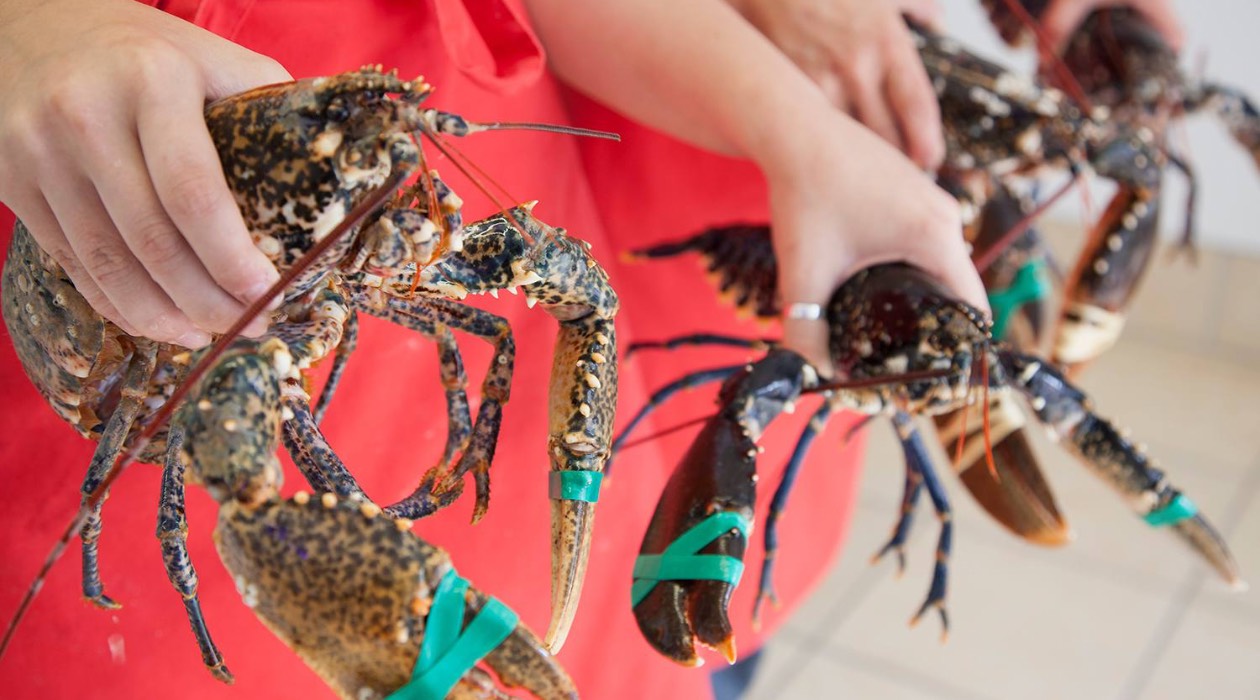
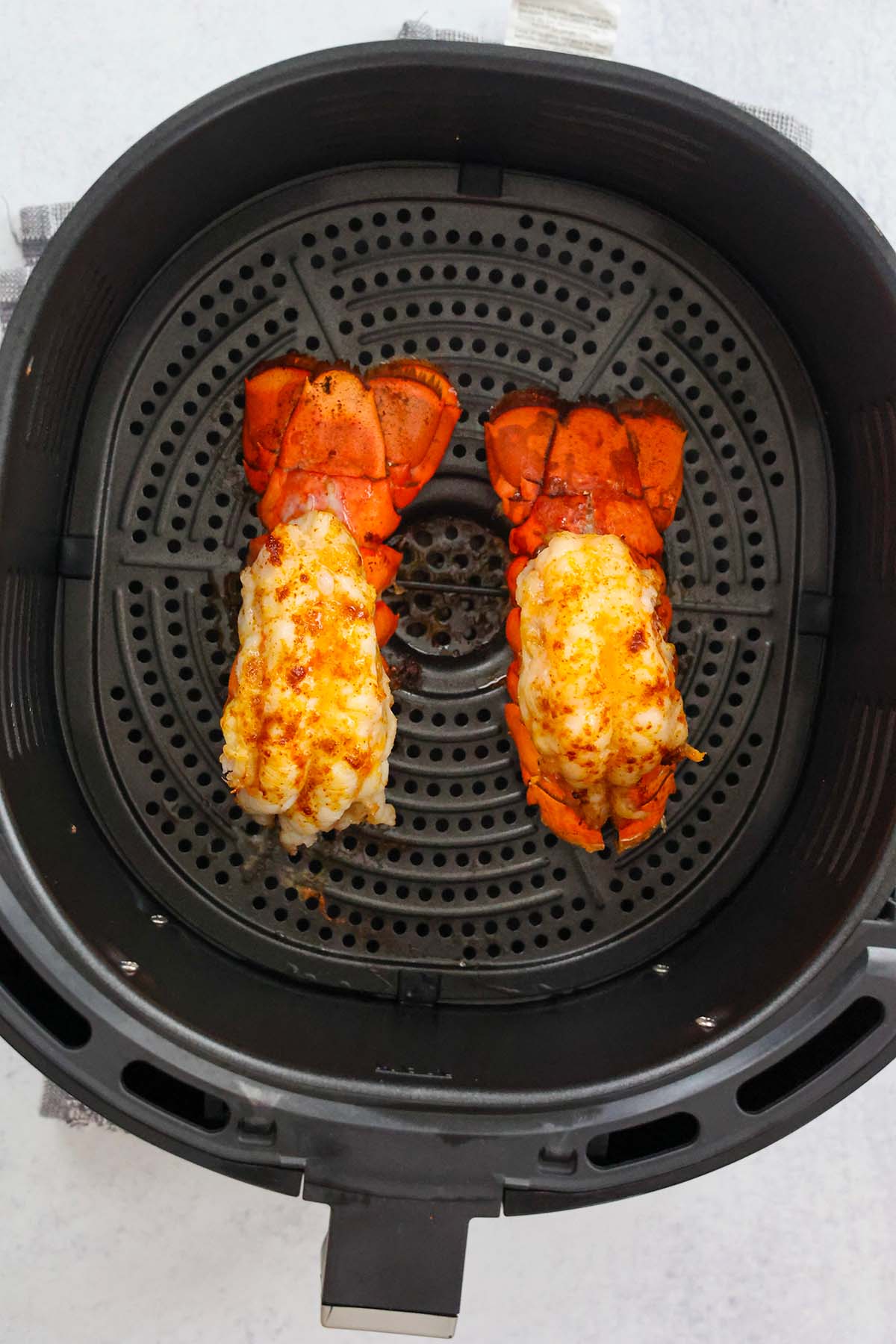
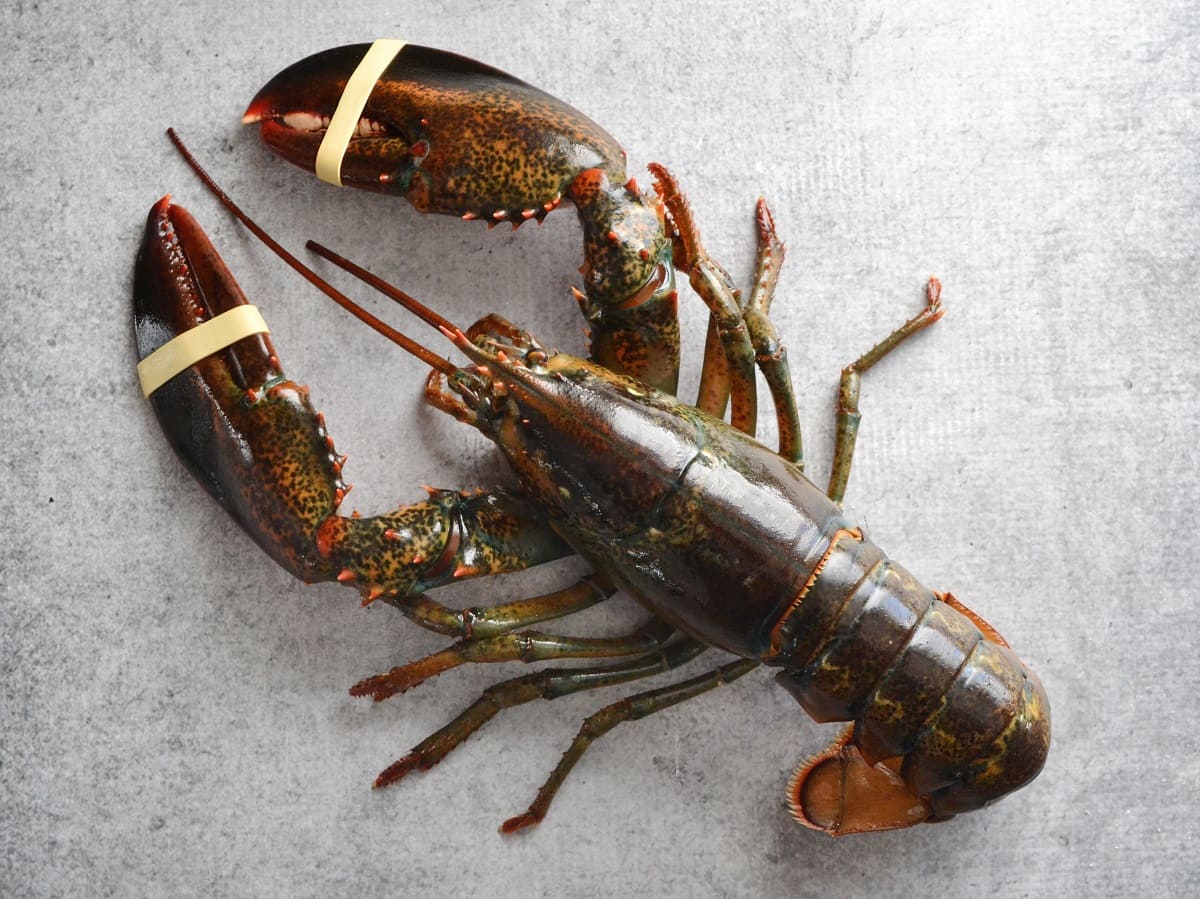
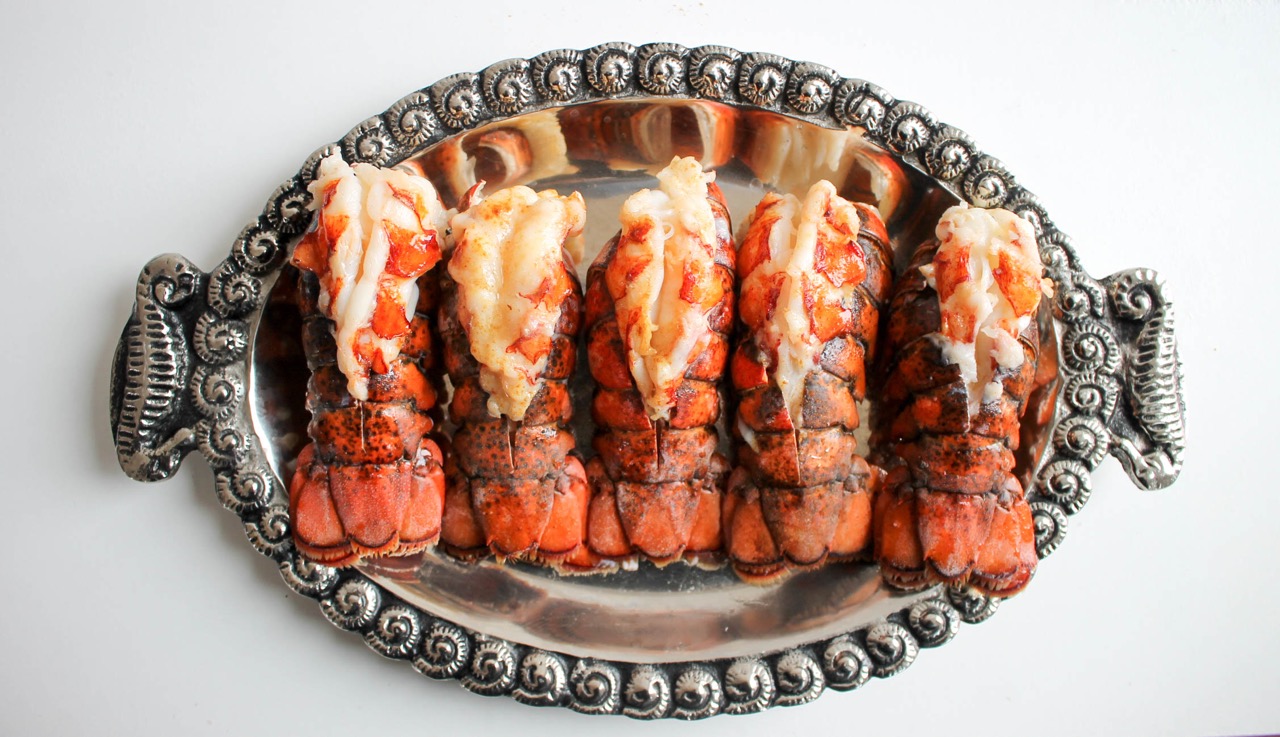
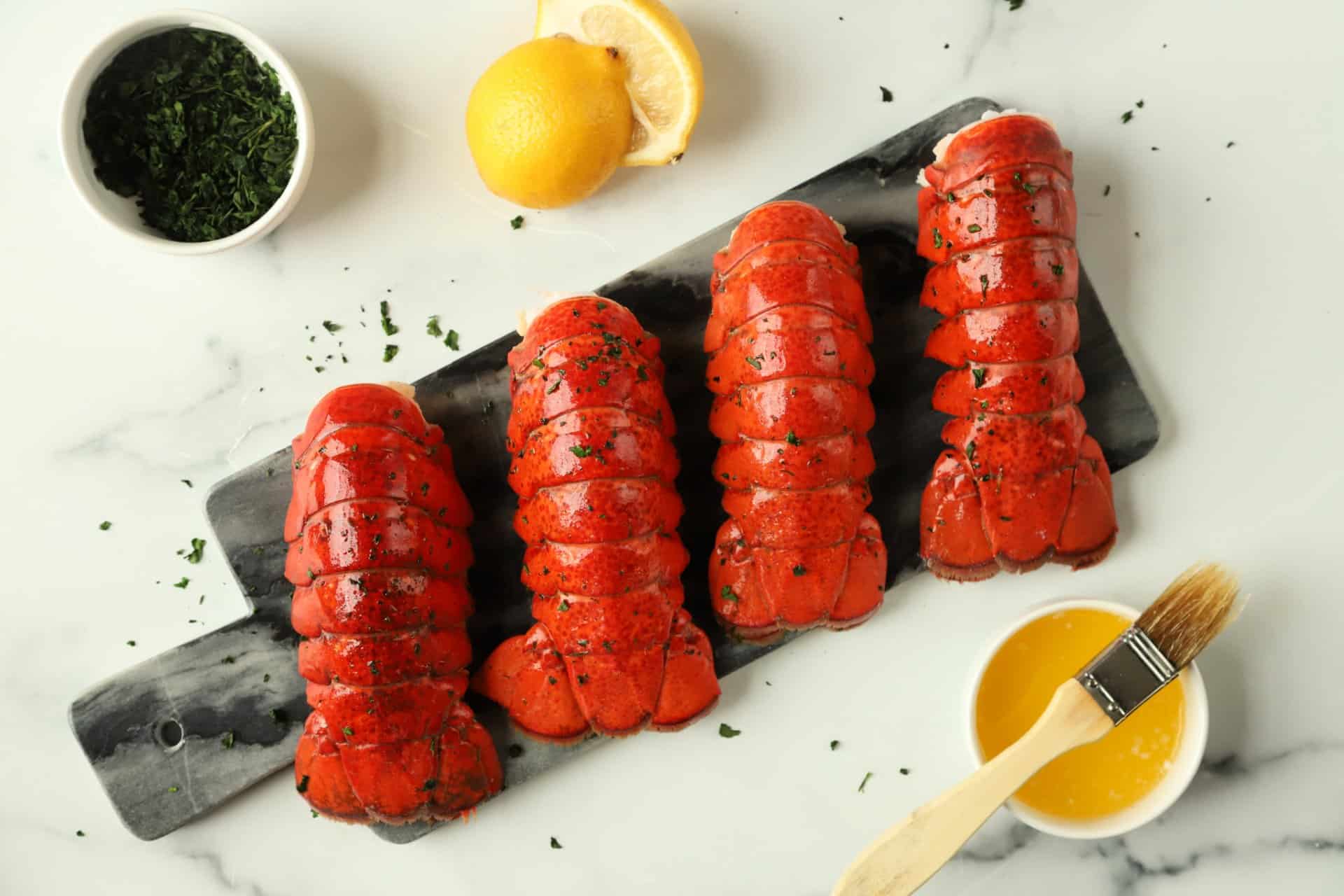
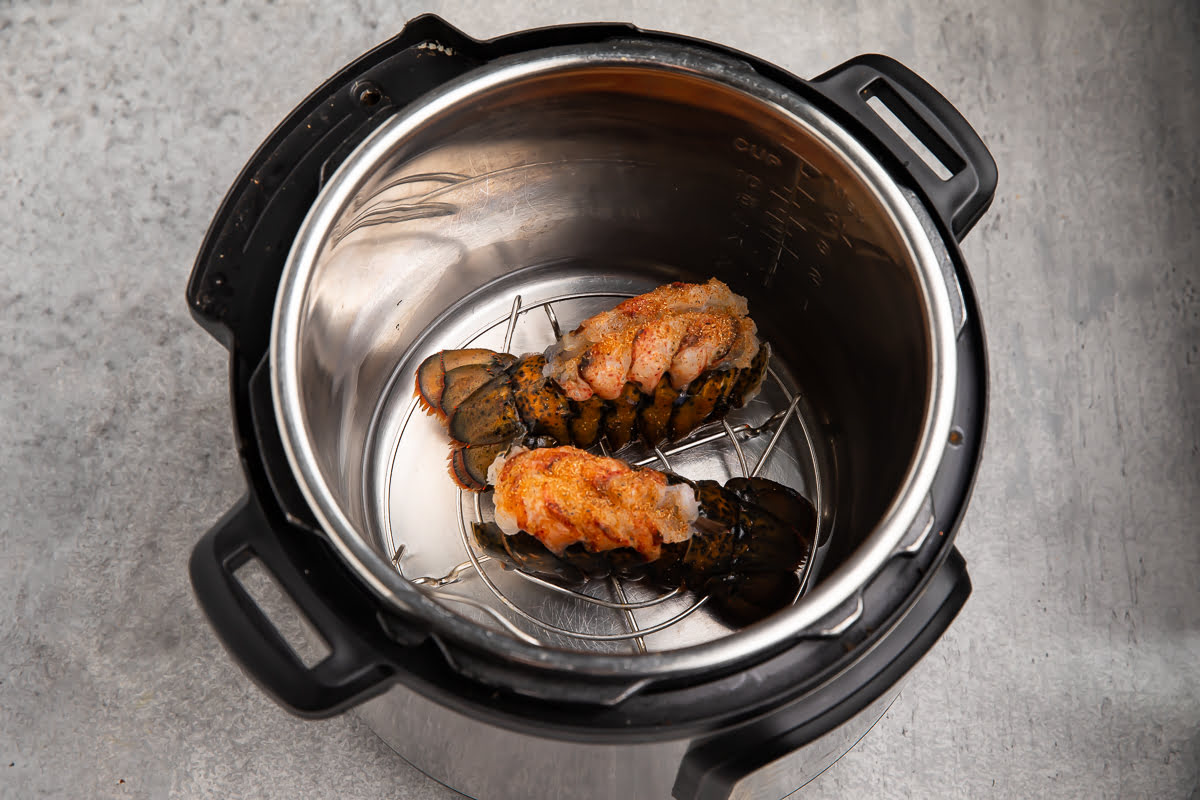
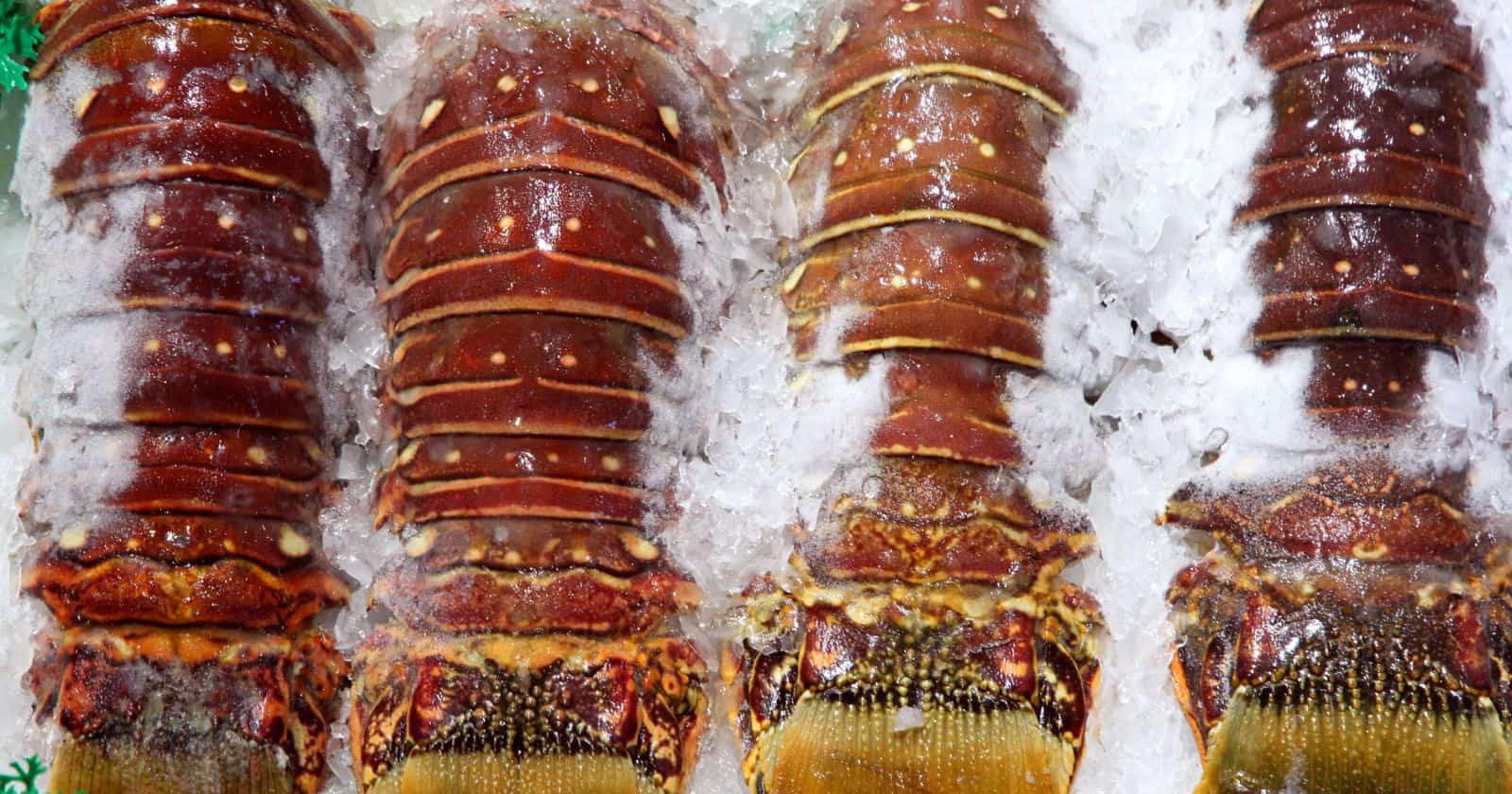
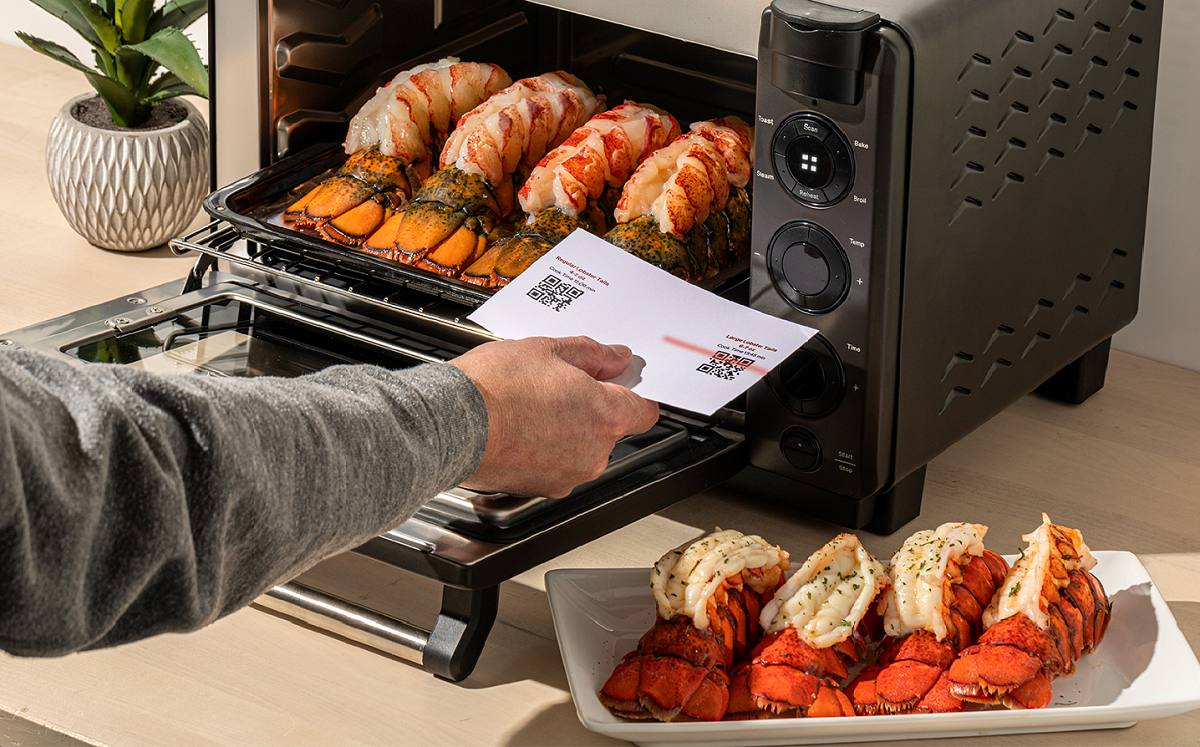
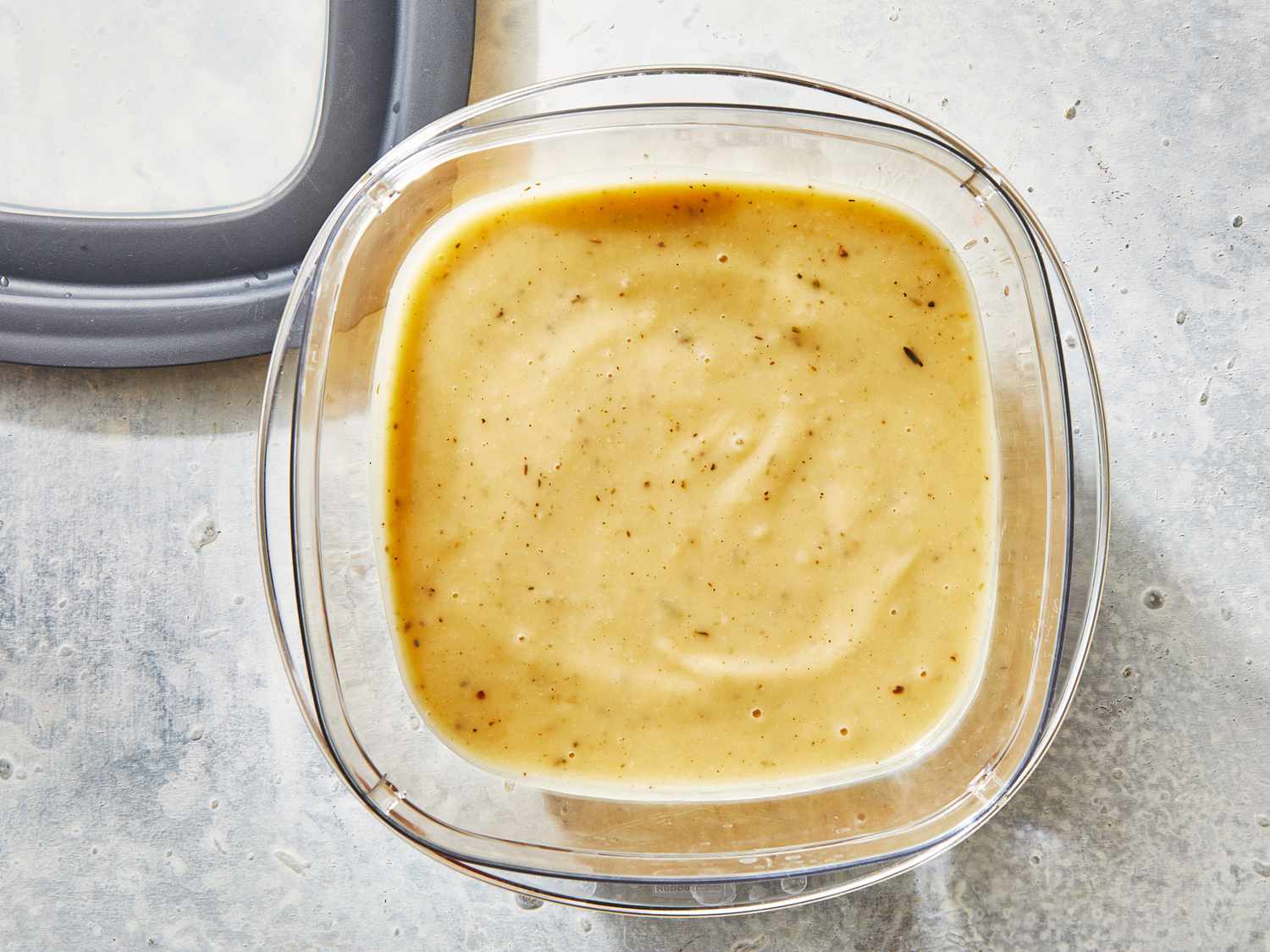
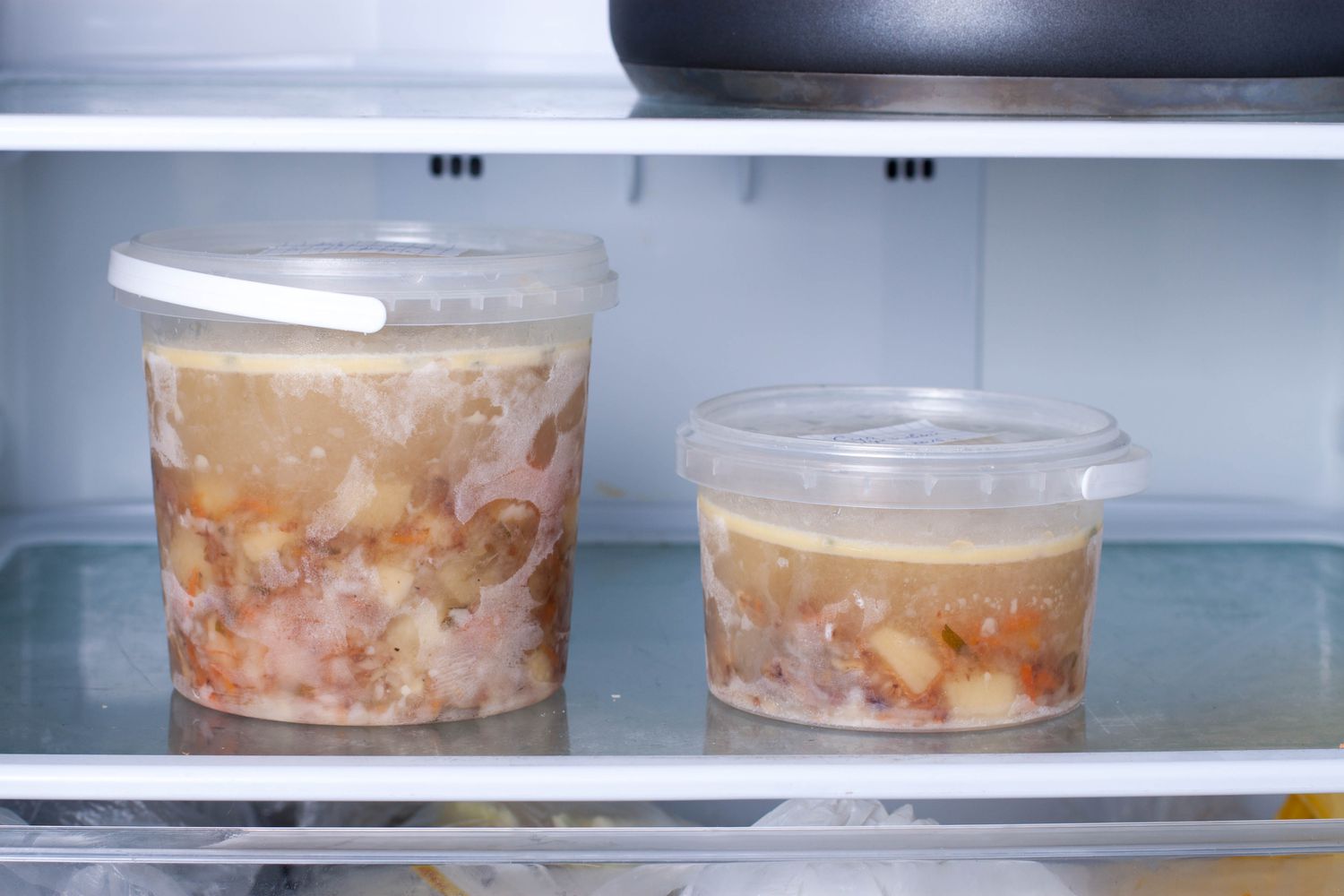
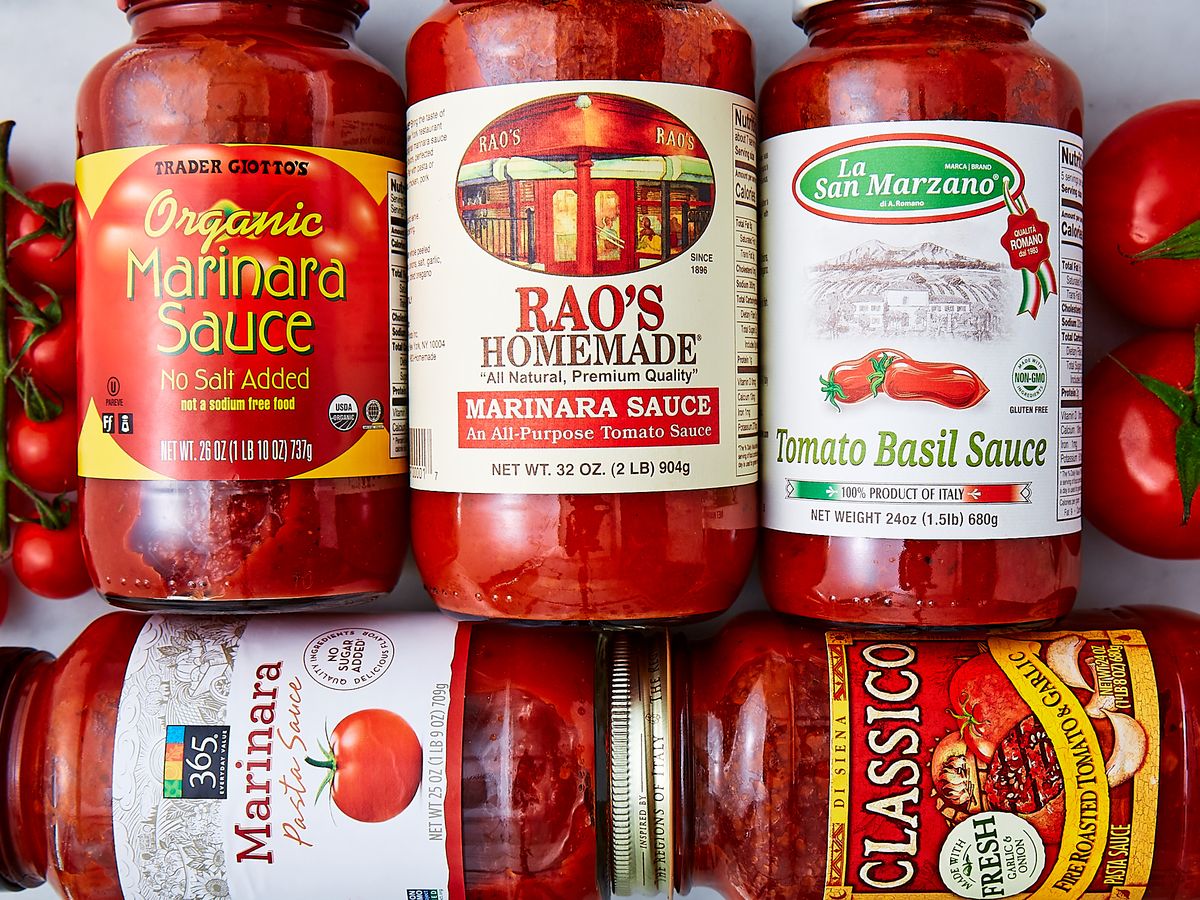
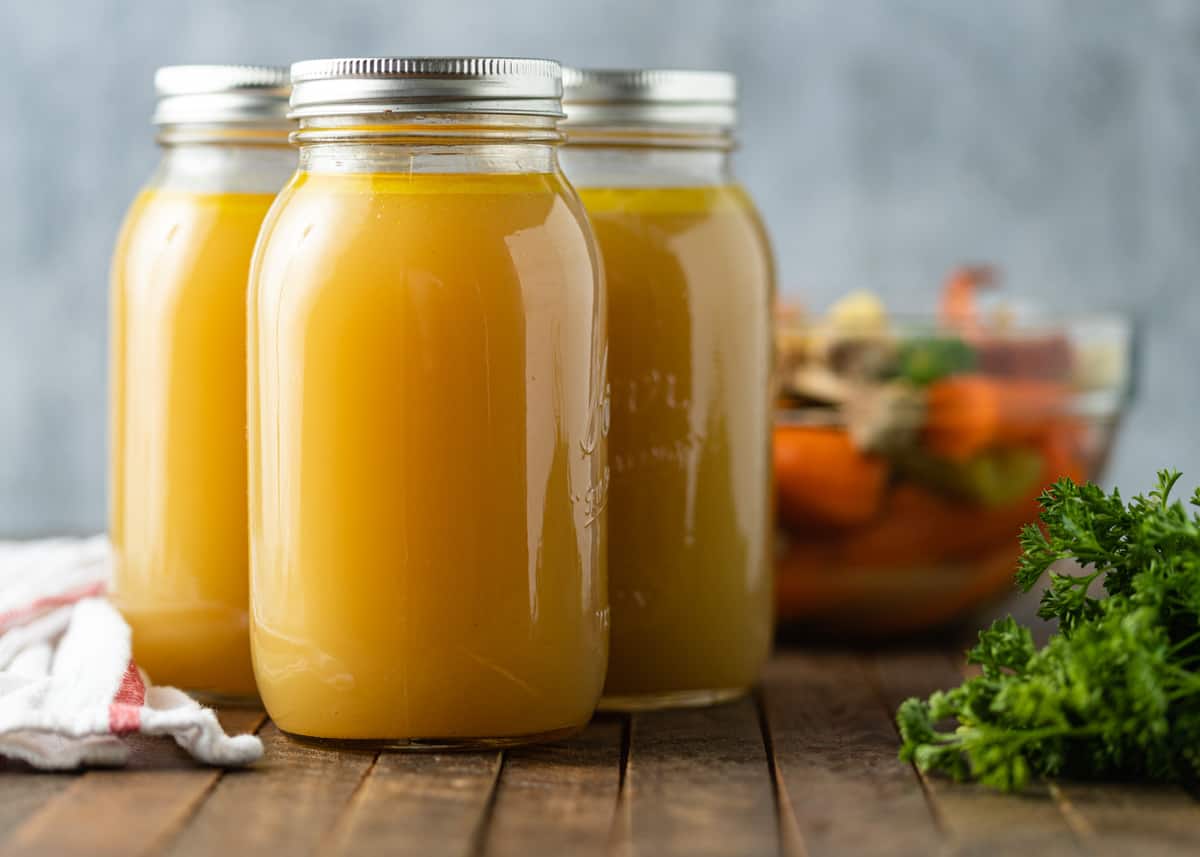
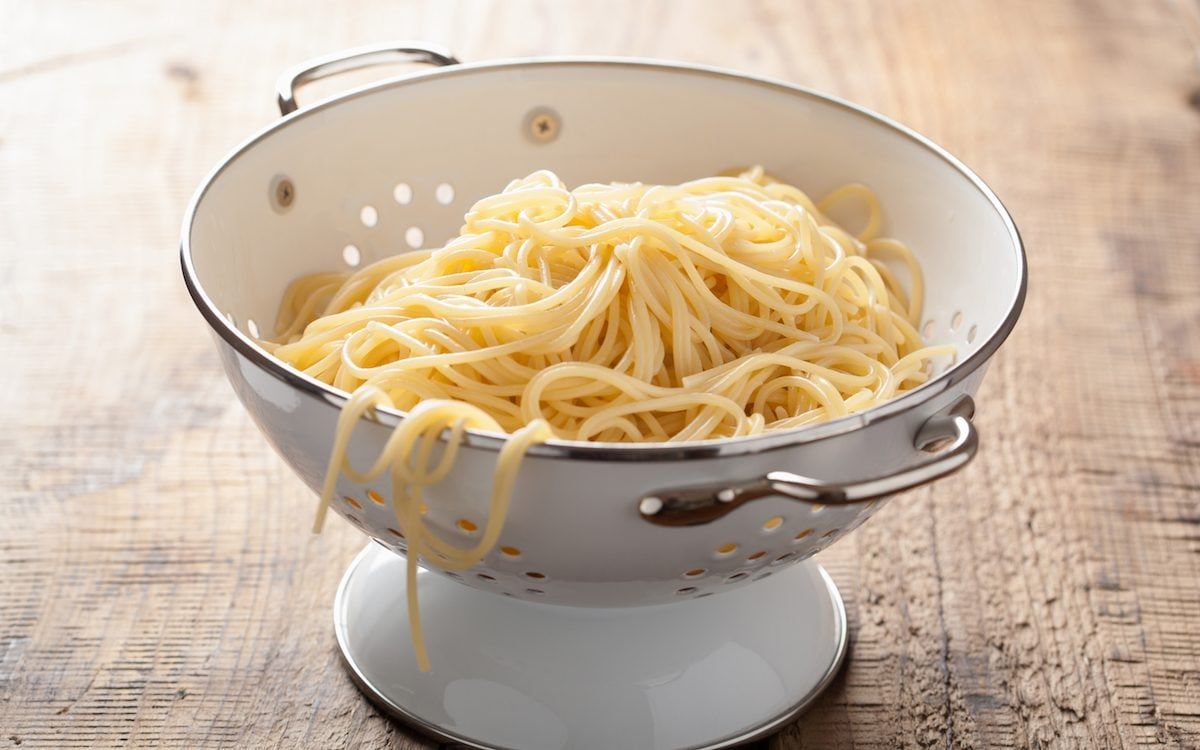

0 thoughts on “How To Store Cooked Lobster”